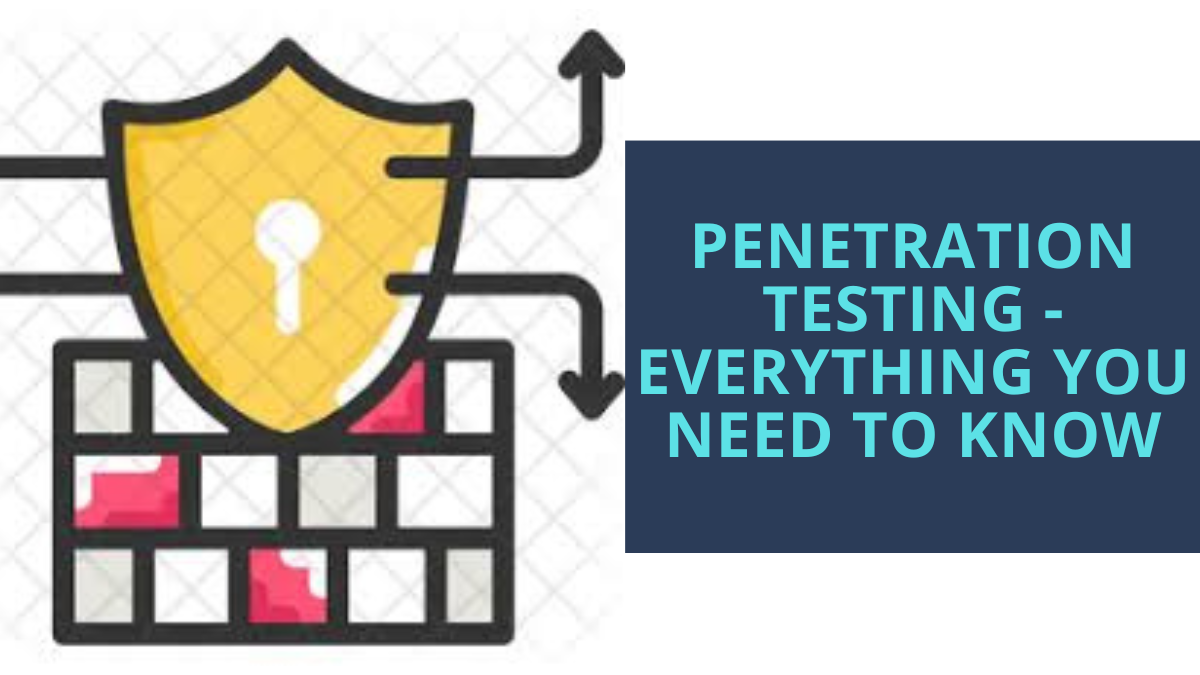Penetration testing, also known as pen testing or ethical hacking, is the practice of testing a computer system, network, or web application to find security vulnerabilities that an attacker could exploit.
Penetration tests can be used to test both the external and internal security of a system. External tests are conducted from the standpoint of an attacker who is outside the company’s network, while internal tests are conducted from the standpoint of an attacker who is already inside the company’s network.
Penetration tests are different from vulnerability scans in that they are designed to actually exploit the vulnerabilities that are found, in order to gain access to the system or data that is being protected. Vulnerability scans, on the other hand, simply identify the vulnerabilities and do not attempt to exploit them.
Penetration tests are an important part of a company’s security posture, as they can help to find and fix critical security vulnerabilities before they can be exploited by real-world attackers.
There are a number of different approaches that can be taken when conducting a penetration test. The approach that is taken will depend on the specific goals and objectives of the test, as well as the nature of the system or application being tested.
One common approach is to use what is known as a black-box approach. In a black-box test, the tester has no prior knowledge of the system or application being tested. This type of test is typically used to simulate the actions of an external attacker who would have no insider knowledge of the system.
Another common approach is to use a white-box approach. In a white-box test, the tester has full knowledge of the system or application being tested. This type of test is typically used to simulate the actions of an internal attacker who would have full knowledge of the system.
A penetration test can also be conducted using a combination of black-box and white-box approaches. This type of test is typically used to simulate the actions of an attacker who would have some insider knowledge of the system.
The specific goals and objectives of a penetration test will vary depending on the nature of the system or application being tested. However, some common goals and objectives include:
– To find and exploit security vulnerabilities that could be used to gain unauthorized access to the system or data
– To find and exploit security vulnerabilities that could be used to launch attacks against other systems
– To find and exploit security vulnerabilities that could be used to disrupt or deny service
– To assess the effectiveness of security controls
– To identify areas where security controls need to be improved
Penetration tests can be conducted manually or with the use of automated tools. Manual testing is typically more time-consuming and requires a higher level of expertise, but it can be more thorough and can find vulnerabilities that automated tools may miss. Automated tools can be faster and easier to use, but they can sometimes miss certain types of vulnerabilities.
When conducting a penetration test, it is important to follow a methodology in order to ensure that all relevant areas are tested and that the test is conducted in a systematic and repeatable manner. There are a number of different penetration testing methodology frameworks that can be used, such as the Open Source Security Testing Methodology Manual (OSSTMM) and the Penetration Testing Execution Standard (PTES).
Once the penetration test is complete, a report should be generated that documents the findings of the test. The report should include a list of all the vulnerabilities that were found, as well as a description of how each vulnerability could be exploited. The report should also include recommendations for how to remediate the vulnerabilities.
Penetration testing is an important part of any security program. When conducted properly, it can help to find and fix critical security vulnerabilities before they can be exploited by real-world attackers.



